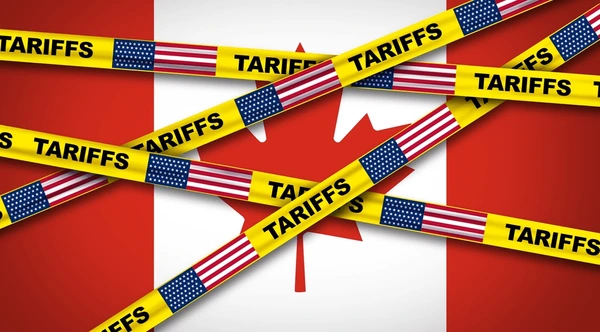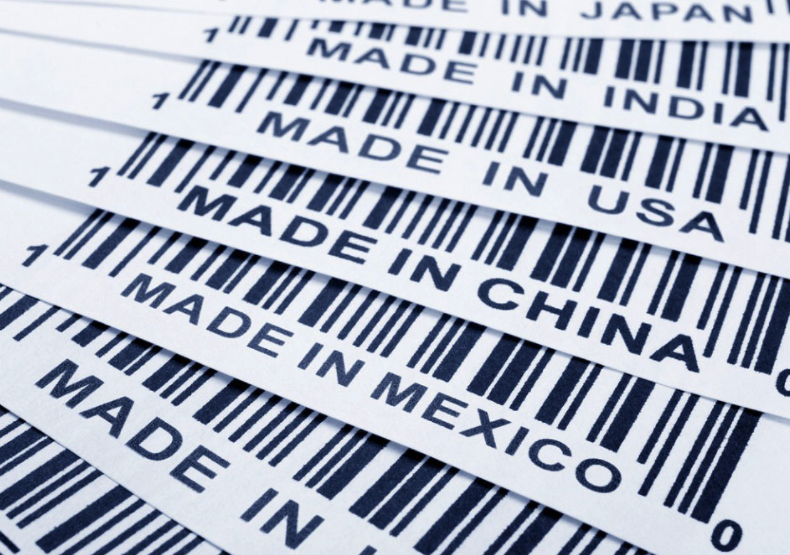
Tariffs have recently put upward pressure on shipping costs, affecting how Canadian businesses manage their supply chains. This rise in tariffs means you can expect higher expenses when importing goods, which will directly impact your overall shipping budget.
Understanding where these tariffs apply and which products are most affected allows you to anticipate changes in your costs. You need to stay informed about shifts in trade policies to adjust your pricing and logistics strategies accordingly.
By recognizing the specific tariffs influencing your shipments, you can make more informed decisions that help protect your business margins. This knowledge also positions you to explore alternative routes and suppliers to potentially minimize added costs.
How Duties on Goods and Materials Are Increasing Freight and Handling Fees
When you import goods into Canada, customs duties directly add to the cost of your shipments. These duties are taxes levied on specific products based on their classification and origin. You pay these fees before your goods clear customs, which increases your overall expenses.
Duties also affect the freight charges you face. Carriers and freight forwarders often pass on additional handling fees to cover the paperwork and time required for customs clearance. These costs can rise as duties increase or if your shipment involves multiple tariff codes.
Here is a simple overview of how duties impact your costs:
| Cost Component | Effect of Duties |
|---|---|
| Customs Duties | Direct fee based on product value |
| Freight Charges | May include surcharge for customs |
| Handling Fees | Increased due to documentation work |
| Delivery Delays | Possible, leading to higher storage fees |
Pay attention to how duties vary by product type and country of origin. Misclassification or unexpected duties can cause sudden increases in fees. You should regularly review tariff schedules and work closely with your logistics providers to estimate these costs accurately.
By understanding the link between duties, freight, and handling fees, you can better manage your shipping budgets. This awareness helps you avoid surprises and plan your import strategy more effectively.

